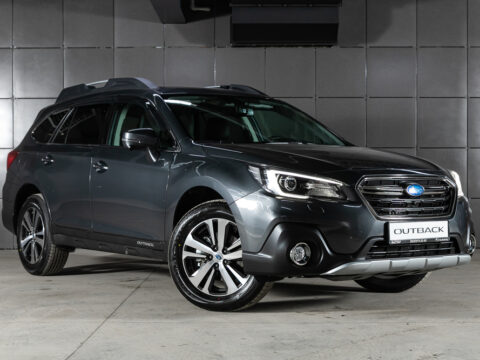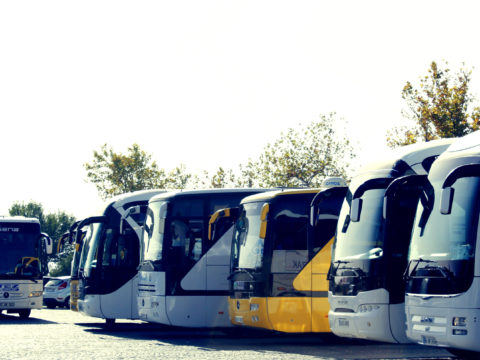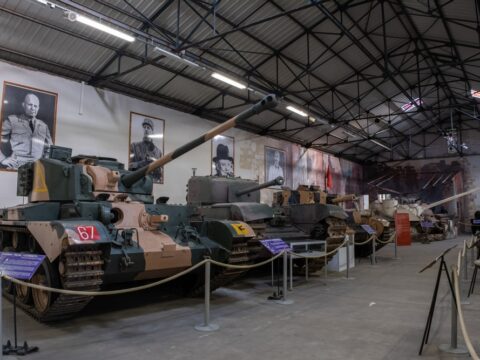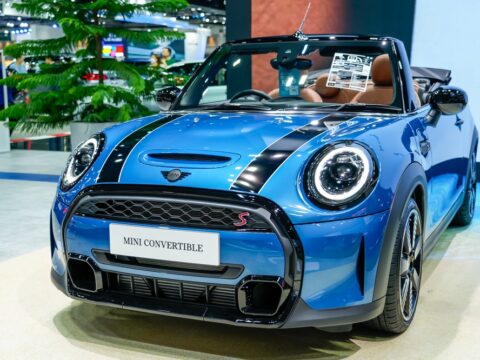Throughout the history of the automotive industry, many brands have attempted to make an impact, yet not all have succeeded. Here, we delve into the stories of car companies that, despite their initial promise, ultimately met with failure. From financial mismanagement and intense market competition to a sheer lack of innovation, these tales provide insight into the complex challenges of thriving in an intensely competitive arena. Let’s explore the factors that led to their downfall and the lessons they offer.
Contents
Plymouth
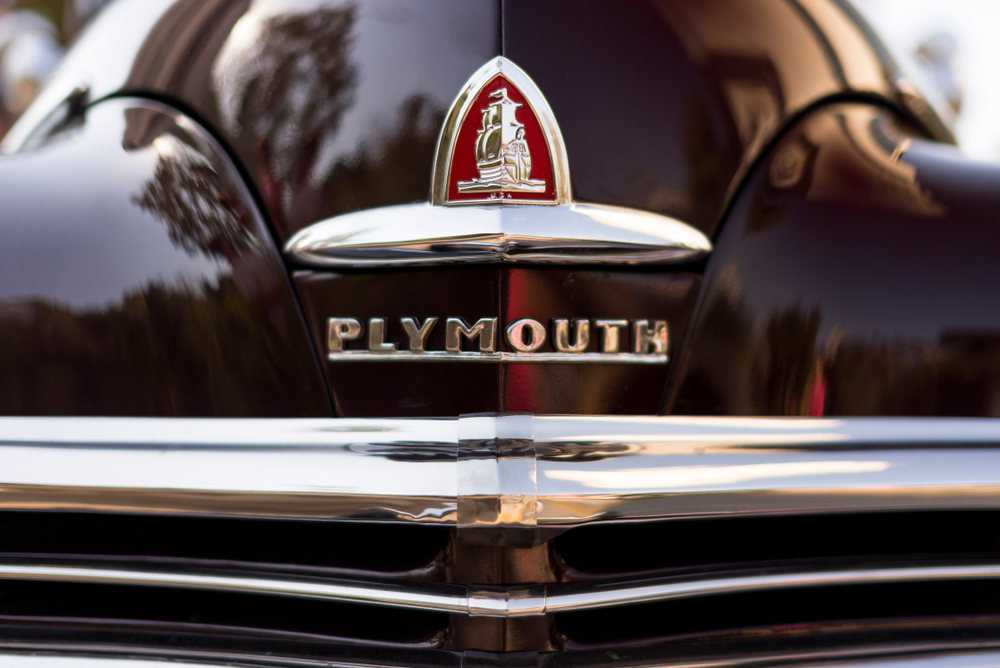
Established in 1928 by Chrysler, Plymouth was initially successful with affordable models targeting middle-class families. The brand enjoyed significant popularity with models like the Fury and the Voyager, becoming known for reliable and attractive cars. However, by the late 20th century, as Plymouth vehicles began to share more components with other Chrysler models, the brand lost its distinctive appeal. With little differentiation and innovation, coupled with strategic missteps in marketing and product development in the 1990s, Plymouth’s sales began to falter. The lack of a unique identity eventually led to Chrysler’s decision to discontinue the Plymouth brand in 2001, marking the end of its 73-year history.
Oldsmobile
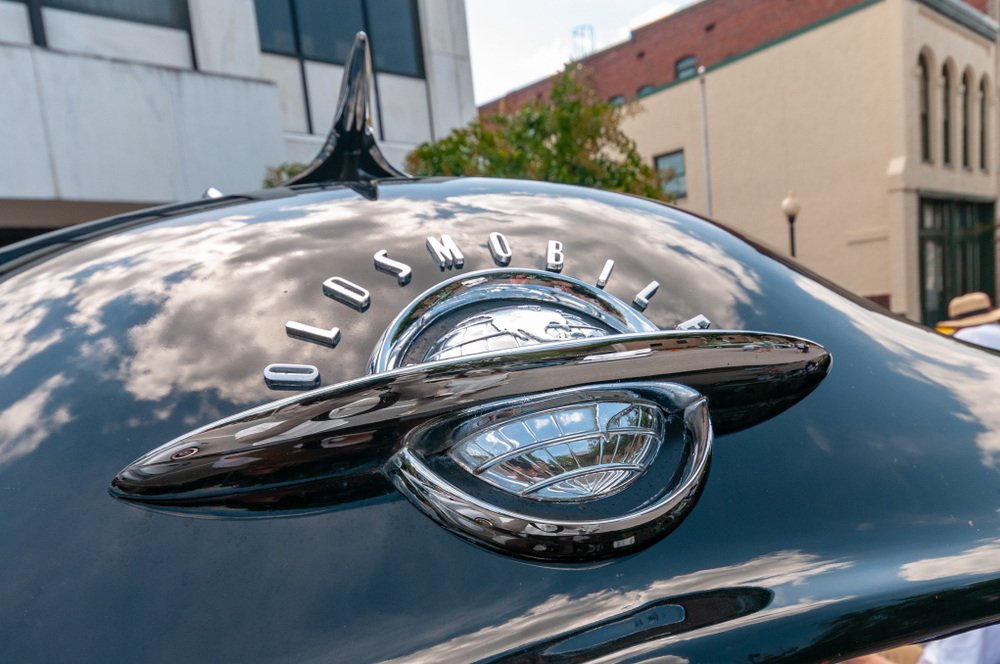
As one of the oldest car brands in America, established in 1897, Oldsmobile was known for its innovation and early adoption of technology, such as the introduction of the “Rocket 88,” which some consider the first muscle car. Despite its historical significance and contributions to automotive design, Oldsmobile struggled to maintain a clear brand identity by the late 20th century. Competing with other General Motors brands for the same market segment and failing to sufficiently differentiate its models, Oldsmobile suffered from declining sales. After several attempts to revitalize the brand, GM ultimately decided to phase out Oldsmobile in 2004, concluding its 107-year legacy.
Mercury

Created by Ford in 1938, the Mercury was intended to serve as a mid-range option between the economical Ford models and the luxury offerings of Lincoln. While the brand had periods of success, particularly in the post-World War II era with models like the Cougar and the Marauder, Mercury struggled with its identity, often replicating Ford models with marginal upgrades. This strategy confused consumers and diminished the brand’s appeal, leading to declining sales over the years. As Ford shifted focus towards strengthening its main brand and its luxury Lincoln line, Mercury became expendable, and Ford discontinued the brand in 2010.
REO Motor Car Company

Named after its founder, Ransom E. Olds, REO was established in 1905 after Olds left Oldsmobile. Initially successful with its passenger vehicles and later with trucks, REO was unable to sustain its momentum into the Great Depression. Financial hardships forced the company to cease production of passenger cars in 1936 and focus solely on commercial vehicles. Although REO trucks were respected in their market, the company could not withstand the economic pressures of the time, leading to a gradual decline and eventual cessation of all operations.
Studebaker
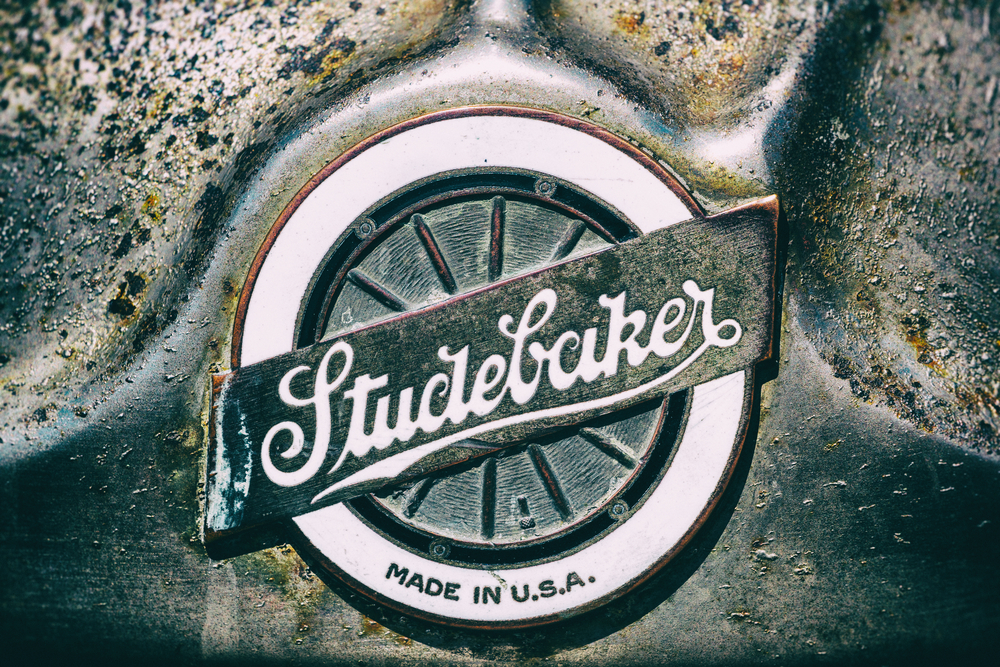
Originating as a manufacturer of wagons for farmers, miners, and the military, Studebaker entered the automotive industry by the early 20th century. Known for the quality and durability of its vehicles, the brand developed a loyal customer base. Despite innovative designs in the 1950s and 1960s, such as the Avanti and the Hawk, Studebaker was plagued by financial instability and management issues. Coupled with intense competition from Detroit’s Big Three—GM, Ford, and Chrysler—Studebaker’s resources were stretched too thin, leading to its exit from the automobile market in 1966.
American Motors Corporation (AMC)

AMC was created in 1954 through the merger of two smaller automakers, Nash-Kelvinator and Hudson Motor Car Company. Known for its focus on compact and fuel-efficient vehicles, AMC introduced several well-received models such as the Rambler, Gremlin, and Pacer. Despite these successes, AMC faced chronic financial difficulties and was unable to compete with the larger automakers in terms of innovation or marketing. Eventually, Chrysler acquired AMC in 1987, primarily for its profitable Jeep division, and the AMC brand was discontinued.
Saab
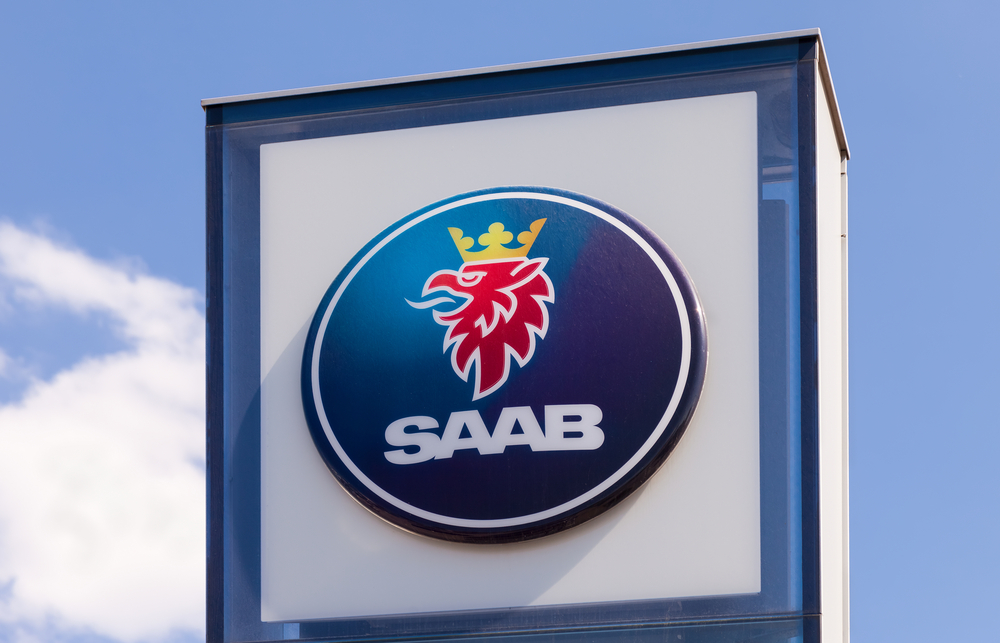
Originating as an aircraft manufacturer, Saab entered the automotive sector in 1947, bringing a unique approach to vehicle design and engineering, emphasizing aerodynamics and safety. Saab cars, such as the 900 and 9-3, were praised for their innovation and performance, particularly their turbocharged engines. However, financial instability plagued the brand, exacerbated by changes in ownership and failed partnerships. After several attempts to restructure and revive the brand, Saab declared bankruptcy in 2011 and ceased production.
Packard
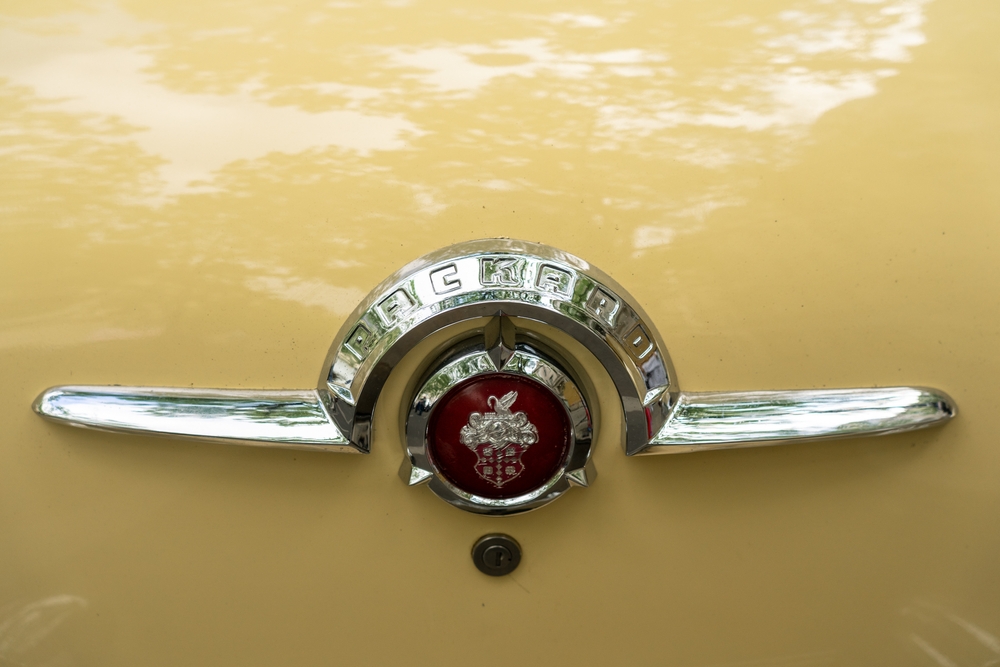
Packard was a preeminent American luxury automobile marque founded in 1899. The brand was renowned for its engineering excellence and luxury, with vehicles that appealed to the upper echelon of society. However, after World War II, Packard made strategic errors in trying to compete with lower-priced models, diluting its luxury brand image. A merger with Studebaker in 1954 was intended to improve its fortunes, but instead, it hastened Packard’s demise, leading to the end of the Packard line in 1958.
Pontiac
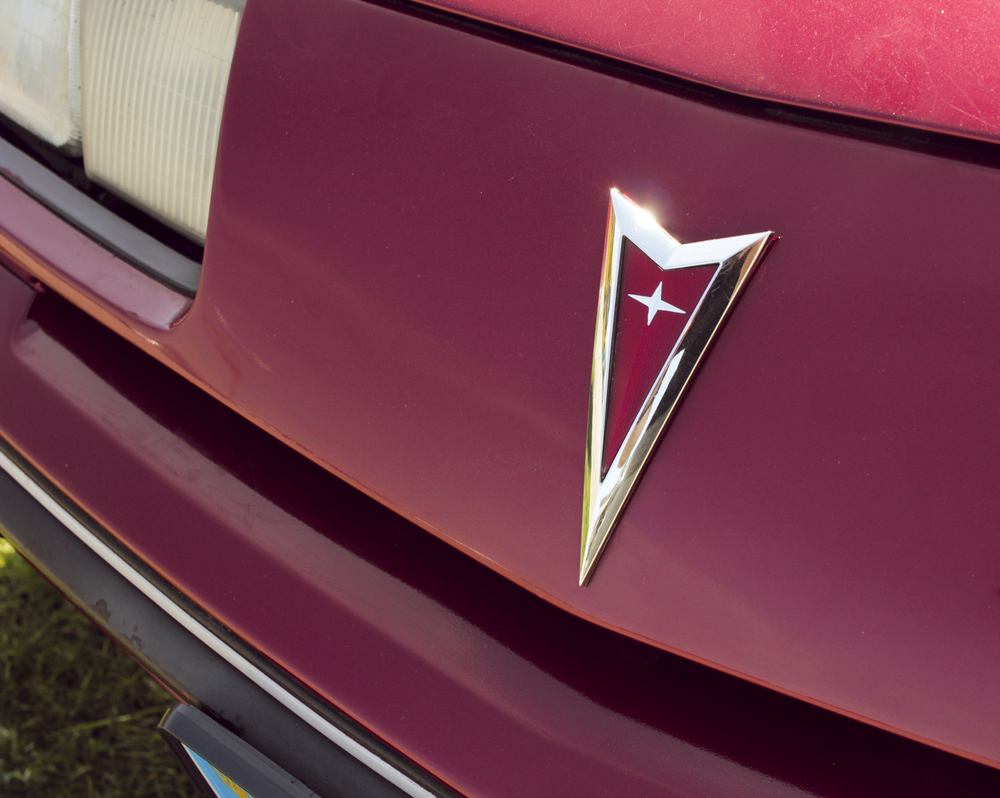
Introduced by General Motors in 1926, Pontiac made a name for itself as a performance-oriented brand with iconic models like the GTO, Firebird, and Trans Am. However, during the 1990s and 2000s, Pontiac’s distinct identity was blurred as GM consolidated platforms across its brands, making Pontiac’s offerings increasingly indistinguishable from those of other GM divisions. The financial crisis of 2008 was the final blow, prompting GM to discontinue the Pontiac brand as part of its restructuring plan in 2010.
Duesenberg
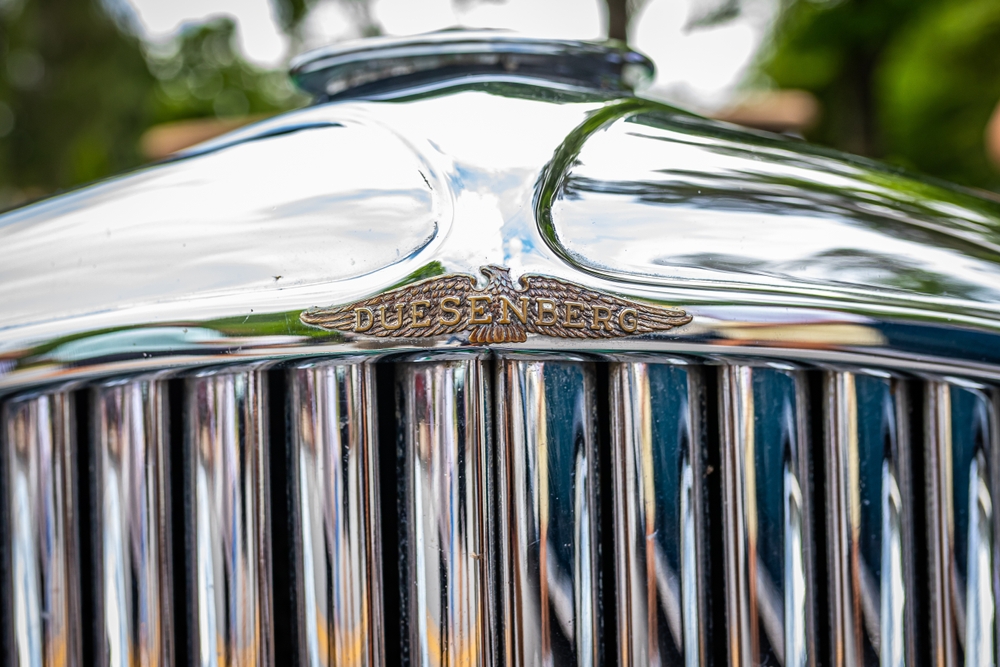
Known for luxury and performance, Duesenberg was an iconic American brand that manufactured some of the most prestigious vehicles of the early 20th century. Despite their engineering excellence and luxury, the exorbitant cost of Duesenberg vehicles limited their market during the Great Depression. This financial unviability led to the brand’s dissolution in 1937, leaving behind a legacy of automotive excellence that remains highly revered in classic car circles.
Saturn

Created by General Motors in 1985 as a “different kind of car company,” Saturn initially stood out for its innovative approach and dedicated assembly line. The brand was popular for its no-haggle sales policy and customer-focused services. However, over time, GM’s investment in Saturn waned, leading to outdated models and diminishing sales. As part of GM’s restructuring following its 2009 bankruptcy, the Saturn brand was discontinued.
Edsel
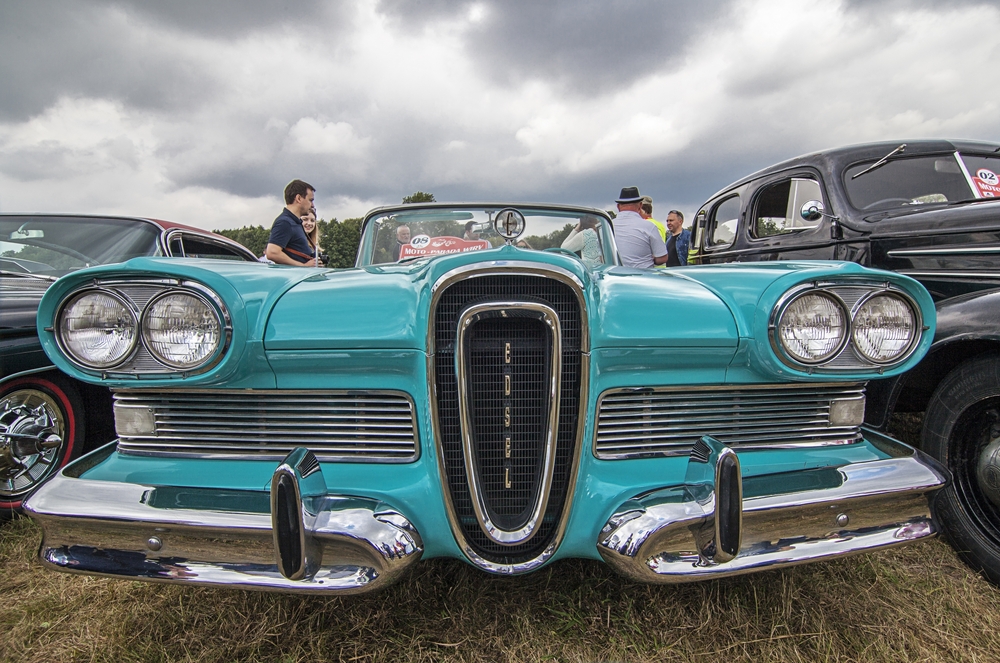
Named after Henry Ford’s son, Edsel is infamously known as one of the biggest failures in the history of American automakers. Introduced in 1958 by Ford, the brand suffered from poor timing, controversial styling choices, and a recession that led consumers to seek more economical vehicles. Despite a massive investment and extensive marketing, Edsel never gained traction, and Ford discontinued the brand just three years later in 1960, resulting in a significant financial loss.
DeLorean Motor Company
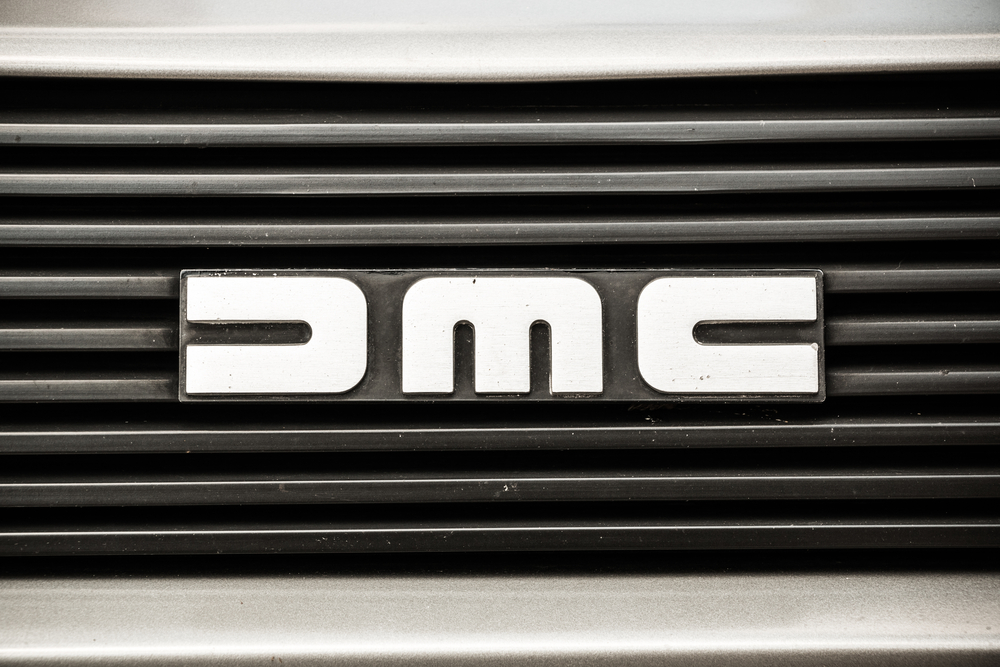
The DeLorean Motor Company was launched in the late 1970s by John DeLorean, a former executive at General Motors, to create innovative sports cars. Best known for the DMC-12, featuring gull-wing doors and a stainless-steel body, the company struggled with production issues and high costs. In addition to technical and financial problems, John DeLorean’s arrest for drug trafficking (though he was later acquitted) tarnished the brand’s image. The company went bankrupt in 1982, but the DeLorean car gained a cult following thanks to its role in the “Back to the Future” film series.
This article originally appeared on MyCarMakesNoise.
More from MyCarMakesNoise
20 Fascinating Facts About the Golden Age of Aviation

Step back in time to the Golden Age of Aviation, an era marked by groundbreaking innovations and the glamorous allure of air travel. Spanning from the 1920s to the 1950s, this period transformed aviation with daring feats and technological breakthroughs. Read More.
Top 15 Tips for Embracing Full-Time RV Life

Living as a full-time RVer is an exciting journey that offers a unique blend of freedom and simplicity, but it comes with its own set of challenges. This article provides essential tips tailored for those who have chosen the road as their permanent home, covering everything from selecting the perfect RV to ensuring ongoing safety and connectivity. Read More.
The Top 20 Tools Every Driver Should Keep in Their Car

Every driver knows that proper car maintenance requires more than just regular servicing. Equipping yourself with the right tools can save you from unexpected roadside emergencies and extend your vehicle’s lifespan. Read More.

